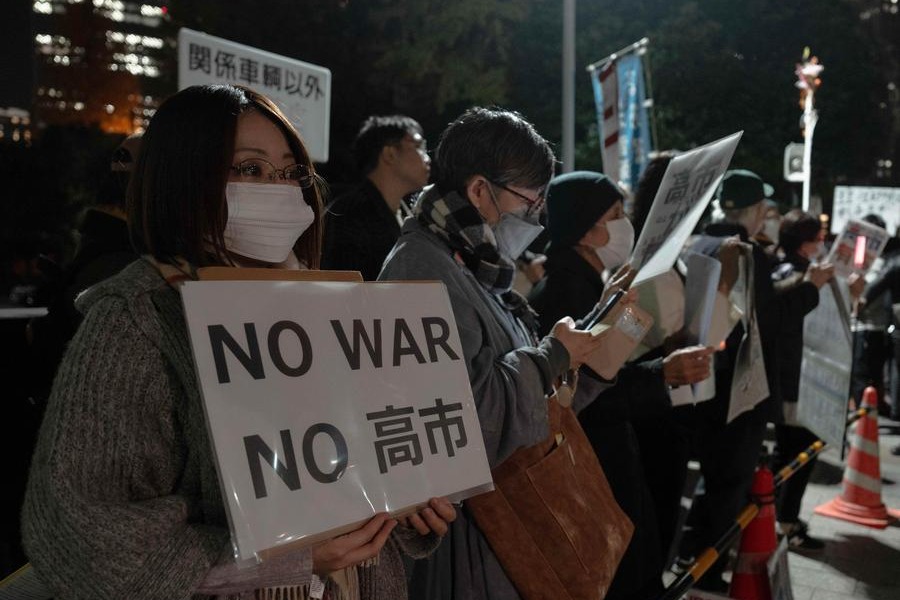Black fungus adds to virus woes in India


Infections linked to COVID-19 alarm doctors even as pandemic grip eases
As India battles a deadly second wave of the COVID-19 pandemic, the emergence of mucormycosis, a life-threatening infection commonly known as black fungus, has become an increasing cause of concern.
With thousands of cases of the fungal disease being reported, mostly among COVID-19 sufferers or those have recovered from the disease, several state governments have labeled black fungus outbreaks as an epidemic.
Sadananda Gowda, the federal minister for chemicals and fertilizers, said on Saturday that 11,717 cases of mucormycosis had been identified in India. Experts, however, believe the actual number of cases could be far greater.
Randeep Guleria, director of the All India Institute of Medical Sciences, said many parts of India have been reporting an increase in the number of cases of a supplementary fungal infection called COVID-associated mucormycosis since early May. By May 20, he said, the infections had claimed over 7,000 lives.
Most of the cases are occurring in the western states of Maharashtra and Gujarat, as well as in New Delhi, according to the Health Ministry. After 153 cases were registered in New Delhi on Friday alone, officials there declared the black fungus outbreak an epidemic.
Five more drugmakers have been granted licenses to produce drugs against mucormycosis, in addition to those already doing so, the All India Radio reported on Thursday.
"Mucormycosis is not a communicable disease and 90-95 percent of patients that we have with us currently are diabetics who were on steroids. We are also seeing the fungus early on in COVID patients, which is proving to be a challenge," Guleria said recently.
The fresh wave of coronavirus infections has brought India's hospital system to its knees, with severe shortages of oxygen and critical drugs. Many families have been self-medicating and applying oxygen therapy at home without proper hygiene, public health experts said.
Mucormycosis can target the sinuses and facial bones and even invade the brain, said Raj Kamal Agarwal, a doctor at Delhi's Sir Ganga Ram Hospital, adding that some patients have lost an eye.
"The black fungus infection has become more challenging than COVID-19. The cost of treatment is expensive. If patients are not treated in time and properly, the mortality rate can go up to 94 percent," he said.
At the hospital where he works, around 100 cases of black fungus have been reported over the past few weeks. Doctors say they are surprised by the severity and the rate of spread of the fungal infection during the country's second wave of COVID-19.
Drastic surgery
Most of the sufferers present for treatment late, when they are already losing their vision. In some cases, doctors have had to remove a patient's eye to stop the infection from reaching the brain.
In rare cases, doctors have removed the jaw bone to stop the disease from spreading, experts said.
Data from the United States Centers for Disease Control and Prevention shows that mucormycosis has a mortality rate of 54 percent.
The alarm over black fungus comes even as India has been witnessing a drop in daily infections over recent weeks.
On Tuesday, India reported 127,510 infections over a 24-hour period, the lowest daily increase since April 11. The official case tally now stands at 28 million, with more than 329,000 deaths. The country has administered more than 196 million doses of COVID-19 vaccines since mid-January. But experts say the mass inoculation program needs to be significantly stepped up.
Aparajit Chakraborty is a freelance journalist for China Daily. Xinhua and agencies contributed to this story.

































